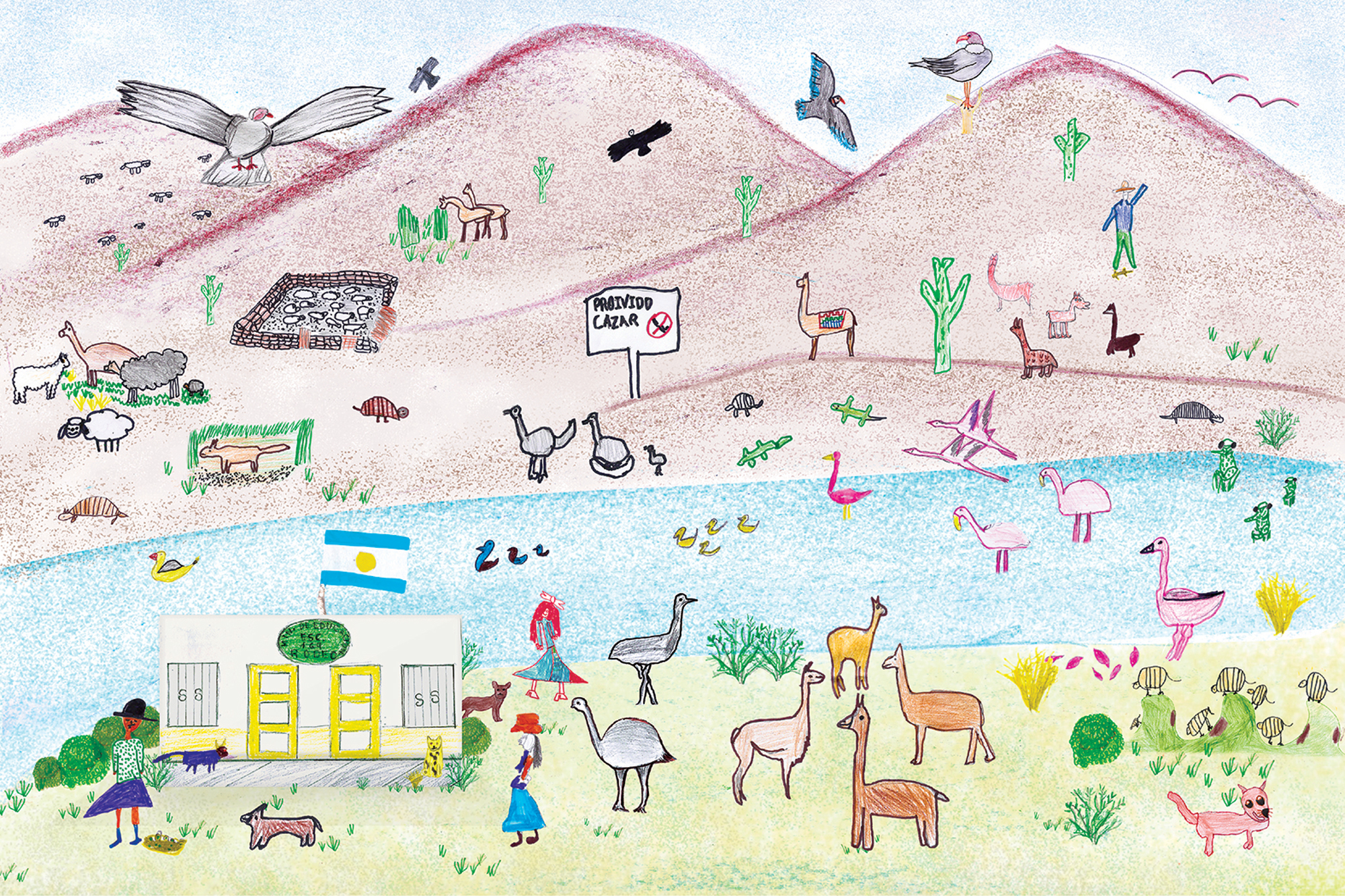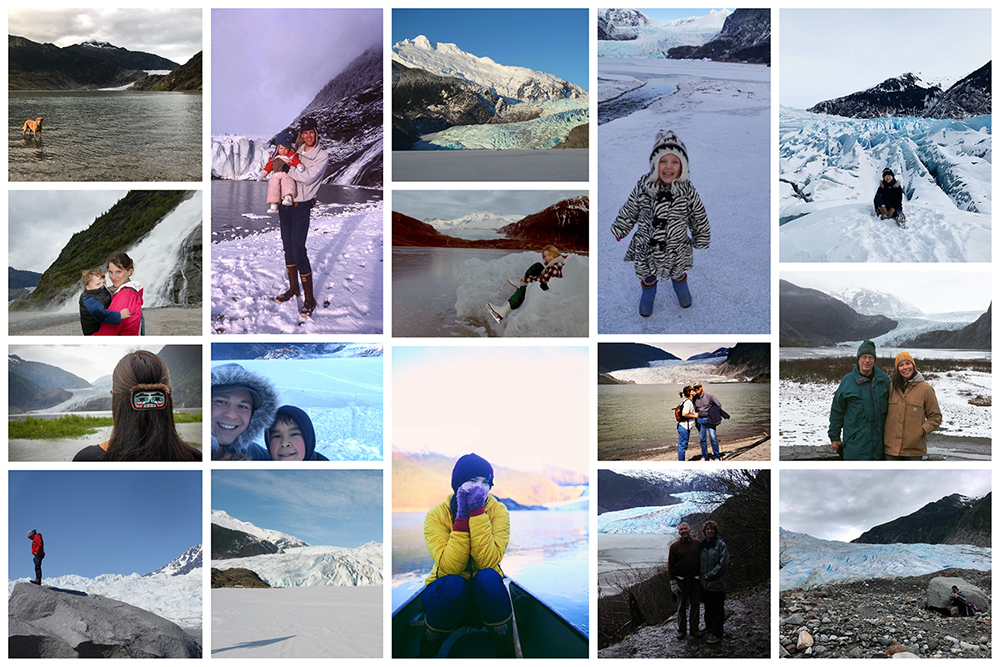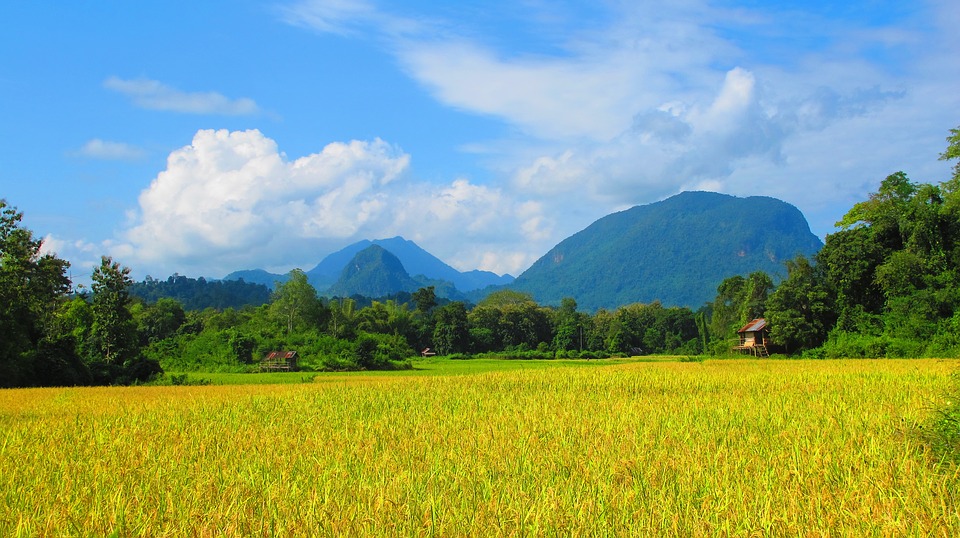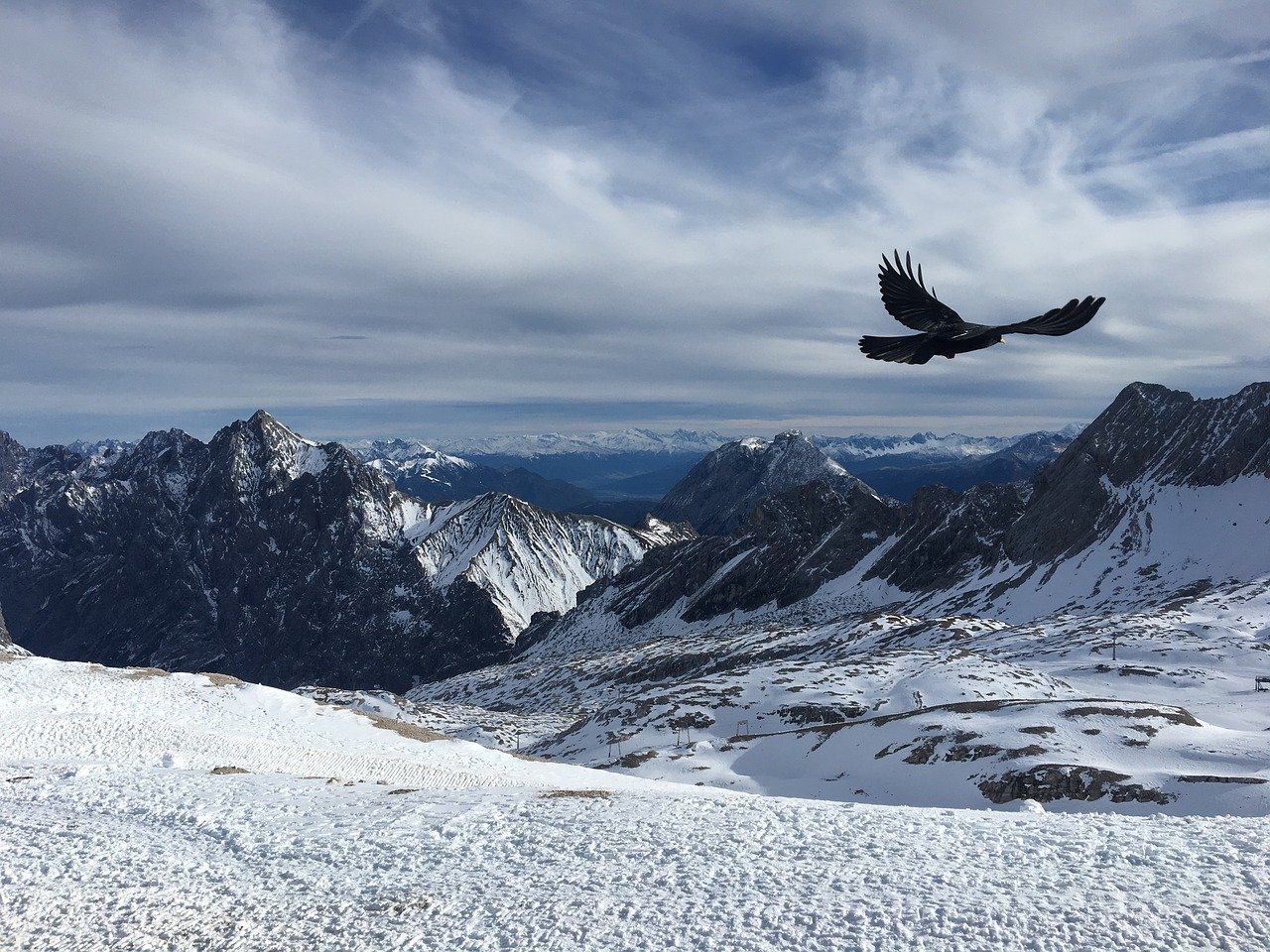News
- Details
- Category: MRI News
This MRI-funded synthesis workshop, held virtually in April, addressed renewable energy transitions in the Hindu Kush Himalayas (HKH), Andes and Alps.
Jointly sponsored by the MRI and ICIMOD Himalayan University Consortium, and coordinated by the University of Arizona’s Udall Center for Studies in Public Policy, the workshop brought together experts and participants, including young professionals, to discuss conceptual and applied case-study topics and prepare a series of video blogs (vlogs). The workshop will lead to future exchanges, publications and policy-brief outputs on the state of energy transitions in mountains globally.
- Details
- Category: MRI News
How can education contribute to sustainable development in mountain areas? This new focus issue of Mountain Research and Development (MRD), guest-edited by MRI Chair Jörg Balsiger and former MRD MountainMedia Editor Martin Price, seeks to provide answers to this question.
A multiplicity of educational experiences, programs, and approaches exist or are currently being designed—in, on, or for mountains. A new focus issue of the open access journal Mountain Research and Development (MRD) offers some answers to the question of how education can contribute to sustainable development in mountain areas. Articles present examples and insights from around the world and cover a wide range of formal and informal education at all levels, including practical training and lifelong learning opportunities.
- Details
- Category: 20 Years of Our Changing Mountains
How does a glacier impact the people whose lives are lived in the landscape it shapes? In this interactive photo essay, members of the Juneau community in Alaska reflect on life shared with the Áakʼw Tʼáak Sítʼ (or Mendenhall) glacier – and how it feels to witness it receding as a result of climate change.
"Arriving recently in Switzerland from Juneau, Alaska, I joined the MRI Coordination Office just in time to celebrate its 20th anniversary. The anniversary theme 20 Years of Our Changing Mountains causes me to reflect on how the glaciers in my hometown have changed in recent decades. Juneau is located in Lingít Aaní, the homeland of the Tlingit people since time immemorial. One of our most beloved glaciers is Áakʼw Tʼáak Sítʼ (Glacier Upland of the Little Lake), also known as Mendenhall Glacier.
- Details
- Category: Global News
One tends to think of mountain glaciers as slow moving, their gradual passage down a mountainside visible only through a long series of satellite imagery or years of time-lapse photography. However, new research shows that glacier flow can be much more dramatic, ranging from about 10 metres a day to speeds that are more like that of avalanches, with obvious potential dire consequences for those living below.
Glaciers are generally slow-flowing rivers of ice, under the force of gravity transporting snow that has turned to ice at the top of the mountain to locations lower down the valley – a gradual process of balancing their upper-region mass gain with their lower-elevation mass loss. This process usually takes many decades. Since this is influenced by the climate, scientists use changes in the rate of glacier flow as an indicator of climate change.
- Details
- Category: MRI News
A new article published in the journal One Earth finds that Nature-based Solutions can contribute to transformative change towards sustainable trajectories. The article builds upon an MRI-funded Synthesis Workshop.
The global environmental crisis requires transformative approaches to sustainability. A new publication in One Earth assesses Nature-based Solutions' (NbS) ability to bring about transformative change.
- Details
- Category: Global News
Research published this month in BMC Ecology and Evolution explores the link between the size of white dead-nettle flowers and pollinator size and, using population genetic analysis, suggests that large flower size evolved independently in populations on different mountains in Japan as a convergent adaptation to locally abundant large bumblebee species.
The morphological compatibility between flowers and insects was given in the famous textbook example of Darwin's orchids and hawkmoths. As in this example, many studies have shown that geographical variations in flower size match the size of insects in each region. In other words, studies have shown 'flower-sized regional adaptation' in which large flowers evolve in areas pollinated by large insects and small flowers evolve in areas pollinated by small insects.
- Details
- Category: MRI News
The European Geophysical Union (EGU) General Assembly 2021 took place virtually from 19-30 April, 2021. GEO Mountains Scientific Project Officer James Thornton hosted a splinter meeting focused on mountain observations and presented recent progress toward defining Essential Mountain Climate Variables (EMCVs).
- Details
- Category: MRI News
A new brief prepared by GRID-Arendal and the UN Environment Programme, in collaboration with the Mountain Research Initiative and the Global Mountain Biodiversity Assessment, highlights assessment indicators considered important for safeguarding mountain biodiversity and ecosystem integrity in line with previous policy recommendations to elevate mountains in the Post-2020 Global Biodiversity Framework.
Effective indicators of mountain biodiversity and ecosystems status and trends are crucial for supporting the goals and targets of the Convention on Biological Diversity’s (CBD) Post-2020 Global Biodiversity Framework (GBF). Given the uniqueness of biodiversity in mountains, and the relevance of the ecosystem services they deliver for the wellbeing of people worldwide, the need to elevate mountains in the GBF was addressed by previous policy briefs presented at the first and second GBF Open-Ended Working Group meetings.














